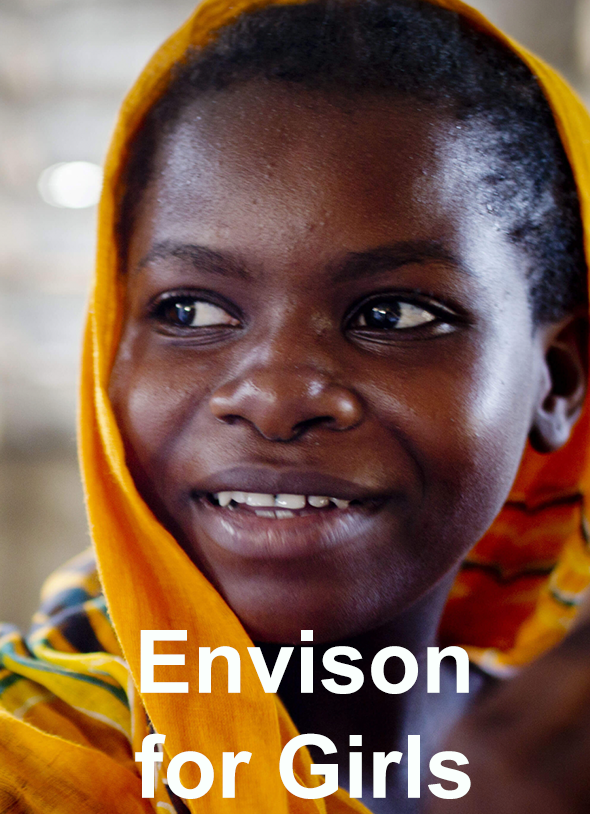Envision for Girls Data Hub

Envision for Girls is a data hub that maps programmes and highlights opportunities for realizing the well-being of adolescent girls and young women

Envision for Girls is a data hub that maps programmes and highlights opportunities for realizing the well-being of adolescent girls and young women
Webinar: Updates from IAS 2019 on children, adolescents and HIV
Monday, 5 August 2019 9:00–10:30 AM EST
The Learning Collaborative draws on scientific research published in the second quarter of 2019 to bring you short summaries of the following topics: PMTCT, HIV testing strategies, paediatric treatment, HIV prevention and treatment in adolescent girls and young women, adherence and retention in care, and global governance and financing for HIV.
The 10th International AIDS Society Conference on HIV Science will be hosted in Mexico City, Mexico, on 21-24 July 2019. Download the roadmap to find events on children and adolescents from partners of the Start Free Stay Free AIDS Free initiative.
For more events, consult the IAS programme: https://www.ias2019.org/programme
Webinar: Disclosure of HIV Status for Children and Adolescents
Wednesday, June 19, 2019 8:30–9:30 AM ET
At a high-level meeting in Dakar, Senegal in January 2019, UNAIDS, UNICEF and WHO urged countries in Western and Central Africa to strengthen their commitments towards EMTCT and universal coverage for paediatric testing and treatment for HIV.
Countries and partners renewed their commitment to the 2015 Dakar Call to Action for Accelerating the Elimination of New HIV Infections in Children and Access to Treatment for Children and Adolescents Living with HIV by 2020.
This document outlines evidence-based practices for retention in care of mother-infant pairs in the context of elimination of mother-to-child transmission of HIV (EMTCT) in Eastern and Southern Africa.
Developed by the UNICEF Eastern and Southern Africa Regional Office (ESARO) with support from HIV colleagues and partners, the report provides a review of the evidence-base on improving care for women living with HIV and their infants. It builds on the conceptual framework outlined in UNICEF’s Community-Facility Linkages report through an extensive literature review, stakeholder consultations and country visits.
Ten evidence-based practices were identified in the areas of service quality, human resources, use of health information and demand generation. The report describes these practices, including key considerations for implementation, helpful tools and resources. As countries take these evidence-based practices to scale, even greater numbers of vulnerable women and children will be given the opportunity not only to survive, but also to thrive, and the world will move closer to ending AIDS among children.
Webinar: Updates from CROI 2019 on children, adolescents and HIV
Monday, April 1, 2019 9:00–10:00 AM EST
Dr. Lynne Mofenson, senior HIV technical advisor at the Elizabeth Glaser Pediatric AIDS Foundation, shared an overview of the latest science on HIV/AIDS related to women, children and adolescents presented at CROI 2019.
This toolkit was developed by the Elizabeth Glaser Pediatric AIDS Foundation (EGPAF) with funding from a consulting agreement with Johnson & Johnson, in support of the New Horizons Advancing Pediatric HIV Care Collaborative.
The Disclosure of HIV Status Toolkit for Pediatric and Adolescent Populations provides general guidance on disclosure of HIV status in pediatric and adolescent HIV care. This document contains tools for use in clinical practice to build the capacity of health care workers, caregivers, and pediatric and adolescent patients themselves—in assisting with and delivering successful and informed disclosure. It is primarily targeted for use among health care workers.
Specific modules support:
Find out more at the Elizabeth Glaser Pediatric AIDS Foundation (EGPAF) website.